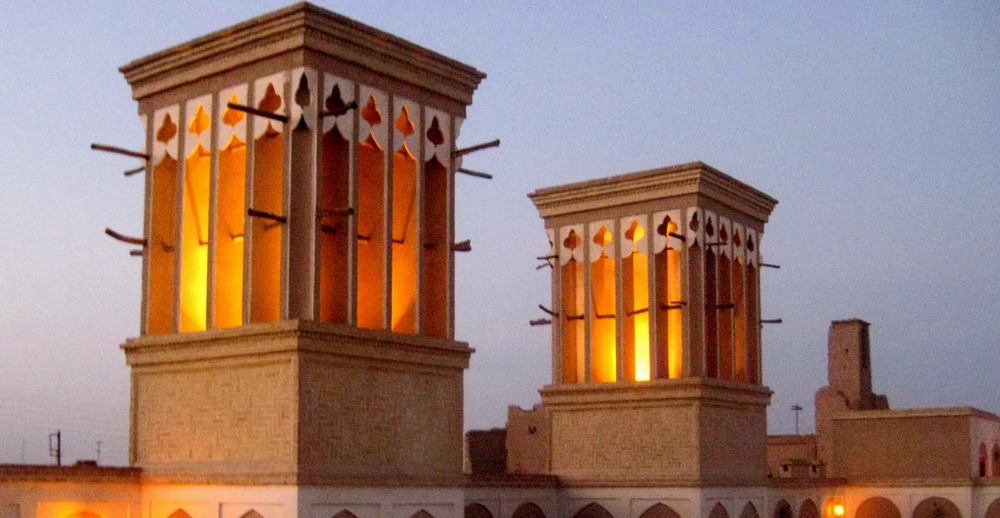
Badgir (Windcatcher)
Badgir (Windcatcher)
By: Ali Mohammad Ranjbar Kermani
It is a passage built on the roof of the building to direct the breeze inside.
Historical Background of Badgir
Badgir or Windcatcher (also called wind tower) has been used to cool and transform the air inside the building since ancient times, and keeping in view its historical background it has, in all probability been invented by the Iranians; even though some traces of it goes back to the ancient Egypt and Babylon. The Arabs had also come to be familiar with badger and it is believed that the spread of the use of badgir to such regions as the Levant and Egypt had taken place during the Islamic era and via Iraq. In many tropical areas of Iran that have favorable wind and breeze from one or more directions, the badgirs are built in the direction of the wind in order to cool the houses.
Different Part of the Badgir
Each badgir has three sections: A - The outer opening with a long and upward cross-section. B - A tube or wind pass, which directs the wind from the roof towards the inside. C - An internal opening that enters from a corner of the ceiling or wall. At times a room is made below it, which is called a windcatcher room.
Types of Badgir
Depending on the shape badgirs can be classified as under:
1 - Square (or Cubic), 2 – Cylindrical, 3 - Octagonal, and 4 - Rectangular
In general, where the favorable breeze blows from several directions, badgirs are constructed in cubic, cylindrical or octagonal shapes, and where the favorable wind blows from only one side, a rectangular cross-section with only one wind-catching opening is used.
Based on their openings badgirs can also be classified as below:
1 - One-sided windcatchers with one opening and a rectangular cross-section, which face the direction of the wind. Sometimes they are made with a slope in order to make them withstand the tornado-like winds.
2 - Two-sided windcatchers that are not frequently built. At times this type of windcatcher has two openings inside each other, one lower opening and the other one higher, each of which leads to a separate passage so that whenever the favorable wind blows from the ground level or above, one of them can bring the wind in.
3- - Four-sided windcatchers that are built in places where the favorable wind blows from different directions. In these types of badgirs, one opening blows the air in and the other outlet sends the wind out. These types of badgirs are mostly found in Minab and Qeshm Island.
Samples of Iranian Windcatcher
In tropical lands such as Yazd and its surrounding regions like Ardakan, Nain, Isfahan, and other places, as well as in the southern coastal cities of the Oman Sea and the Persian Gulf, various types of badgirs can be found. The tallest badgir is the Dolatabad Garden Palace building in Yazd, which is perhaps the most beautiful windbreak. Some reservoirs in Yazd have four or five windbreaks and also a reservoir with six windbreaks has been built. Most Ardakan windbreaks are single-span and are made of trusses. The tallest existing windcatcher is that of the Dolatabad garden of Yazd that is, perhaps, the most beautiful badger of Iran. Some water reservoirs of Yazd have four, five, or even six badgirs. The badgirs of the Ardakan City are generally built with one single opening and with a slope.
Badgirs can be found in homes and in the summer section of them. They are also found in some public buildings such as mosques, schools, water reservoirs, and caravanserais.
Sources
- Varjavand, Parviz, Encyclopedia of the World of Islam.
- Farshad, Mahdi, Tarikh-e Mohandesi dar Iran (The History of Iranian Architecture)
- Zamrashidi, Hossein, Ejraye Sakhteman ba Masaleh-e Sonnati (Construction of Building with Traditional Materials.
| Name | Badgir (Windcatcher) |
| Country | Iran |
| Historical Period | ancient times |


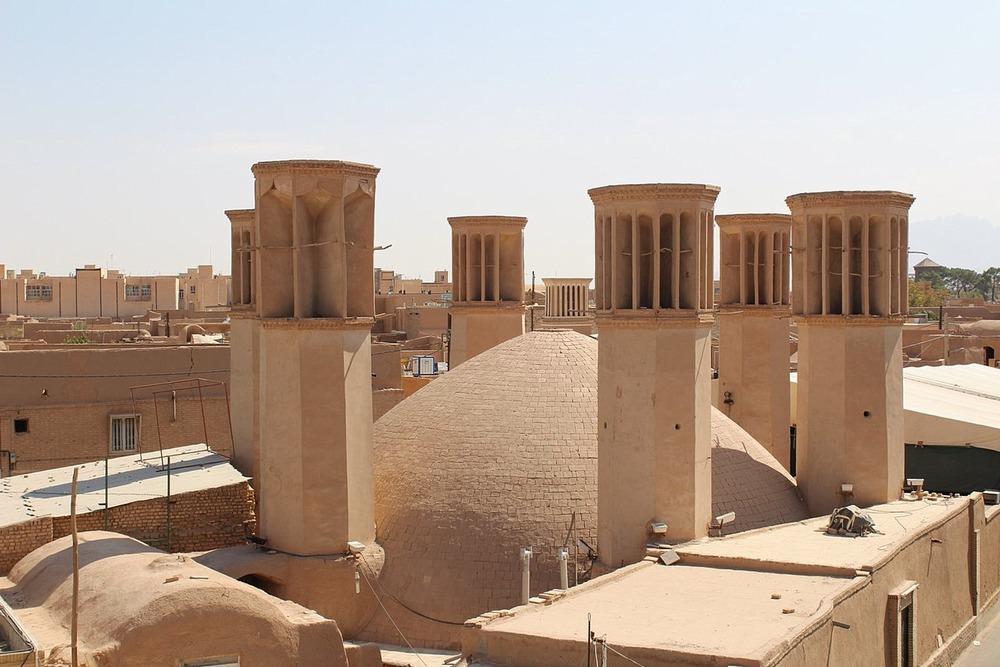

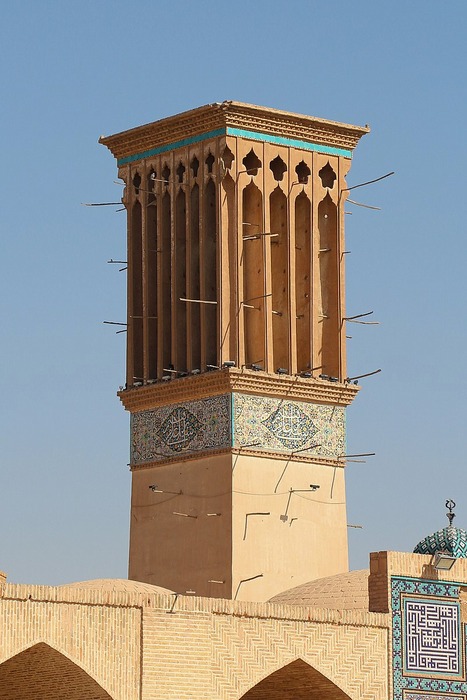
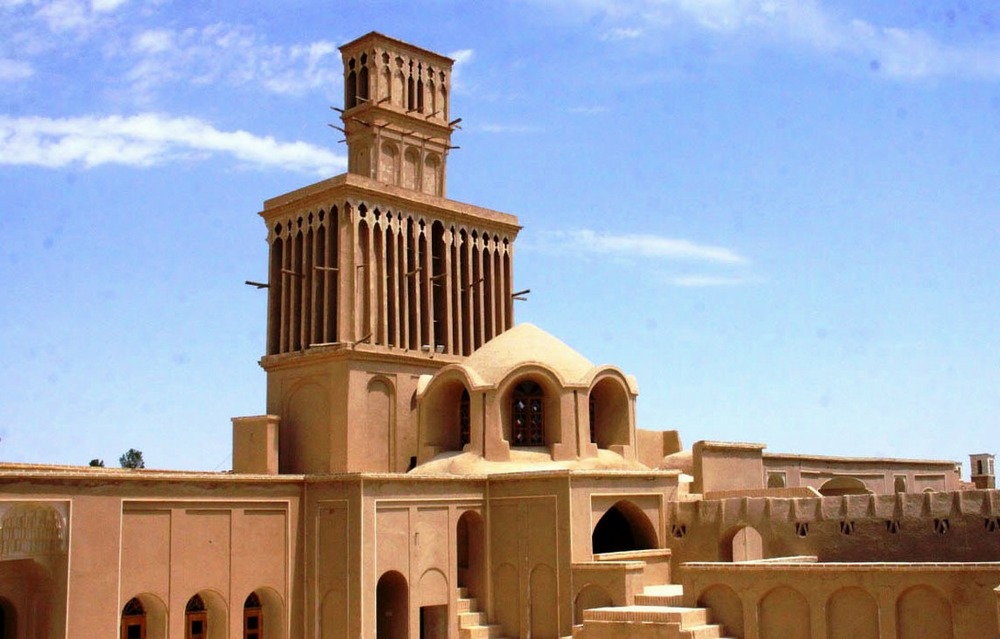
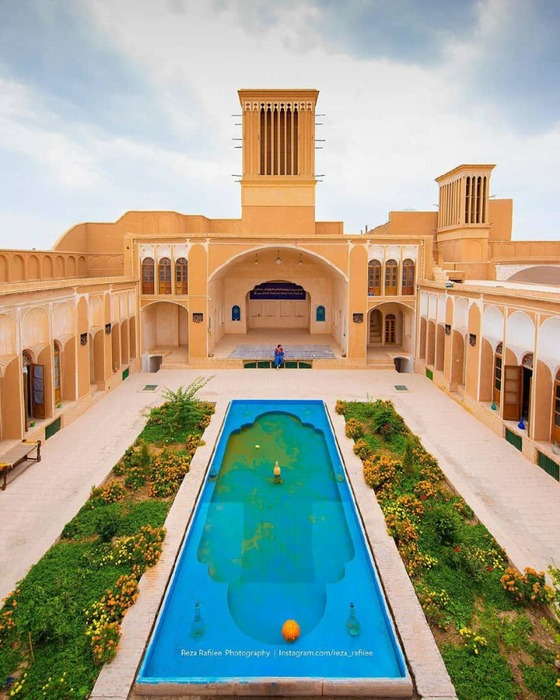







Choose blindless
Red blindless Green blindless Blue blindless Red hard to see Green hard to see Blue hard to see Monochrome Special MonochromeFont size change:
Change word spacing:
Change line height:
Change mouse type:


.jpg)
.jpg)






.png)

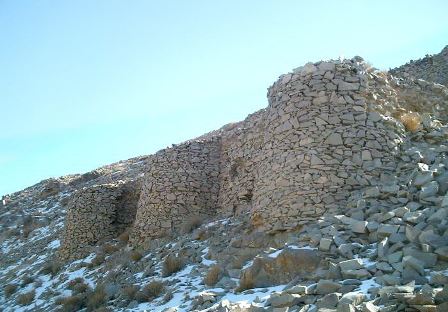
.jpg)
